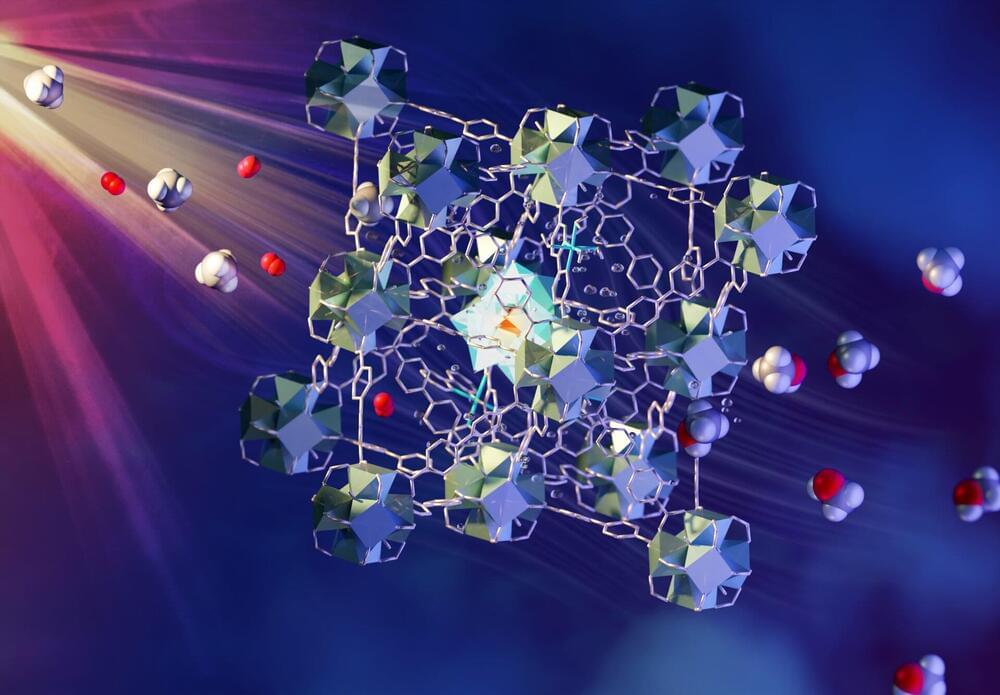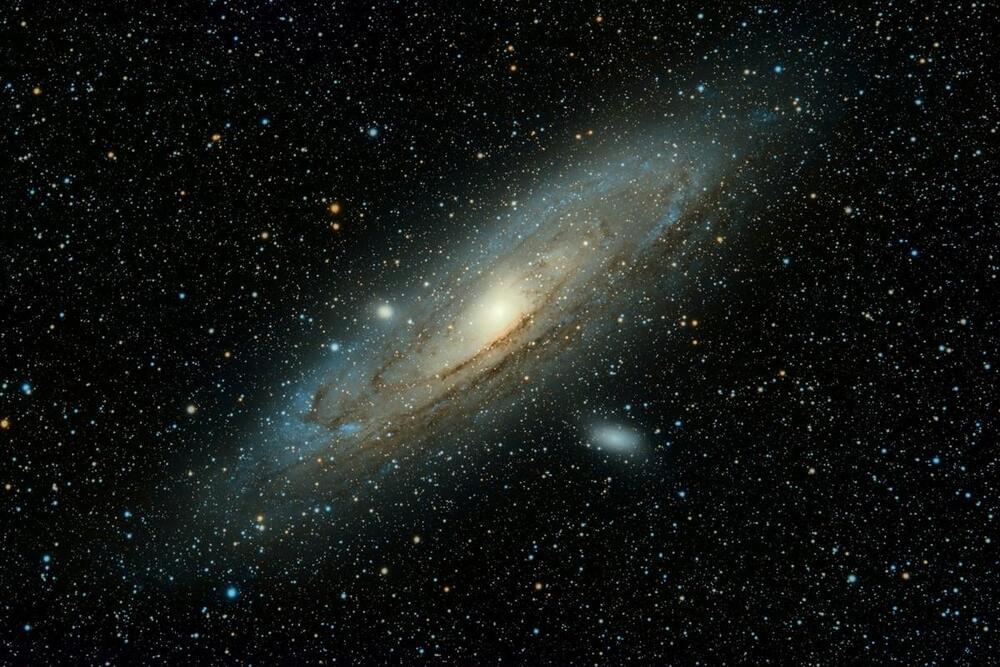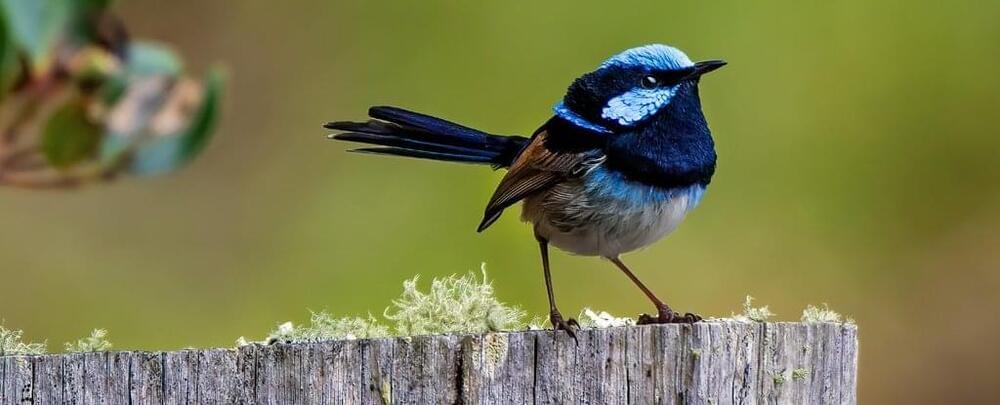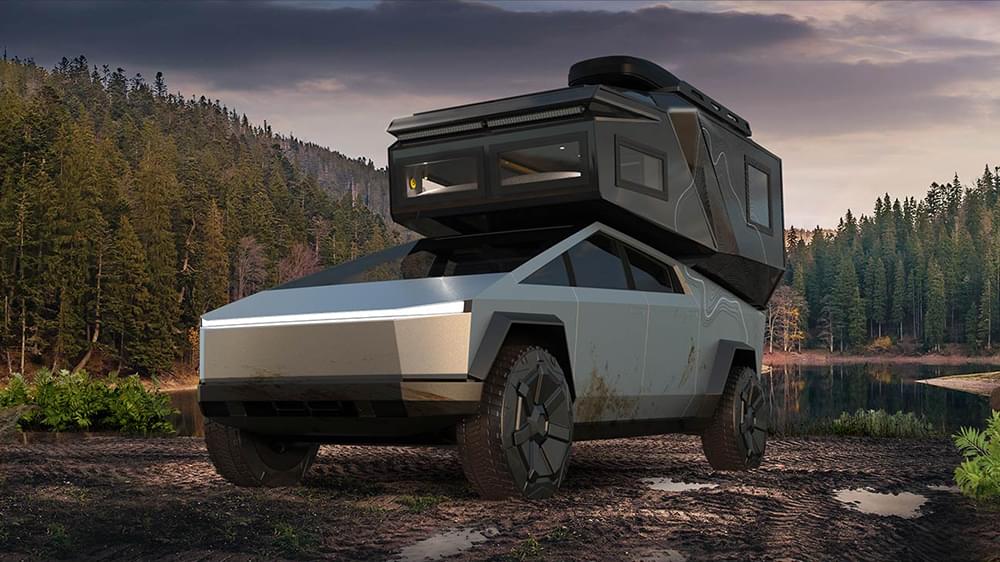The Australian crater Yarrabubba is the oldest known on Earth, according to new measurements, and it might be linked to the end of a “Snowball Earth” ice age.
Yarrabubba crater in western Australia stretches roughly 40 miles across. And since its discovery in 2003, scientists have speculated it’s one of Earth’s oldest meteorite craters. Now, a team of researchers has pinned down the crater’s precise age, revealing it’s about 2.23 billion years old. This officially makes Yarrabubba the oldest known crater on Earth, surpassing the age of Vredefort crater by about 200 million years.
The meteorite impact that created Yarrabubba would have slammed into our planet at the end of one of our “Snowball Earth” ice ages, the researchers say, and it’s possible that the impact heated up our planet and ended that icy episode in Earth’s history.
The researchers presented the findings in a paper published Jan. 21 in Nature Communications.






